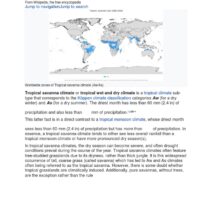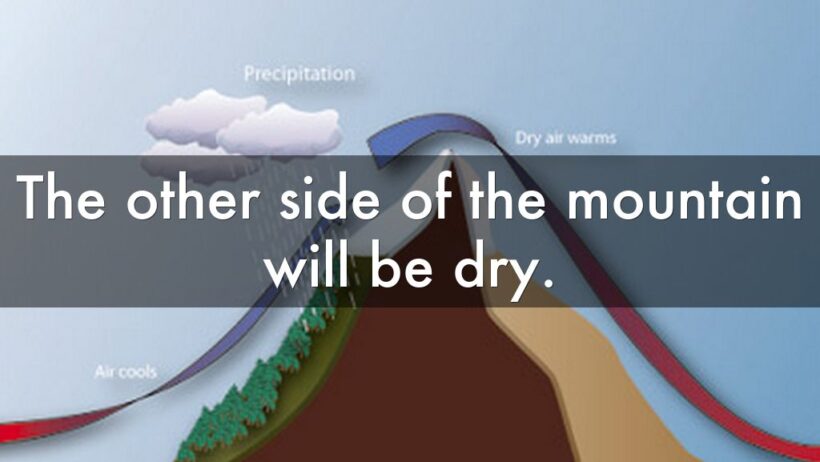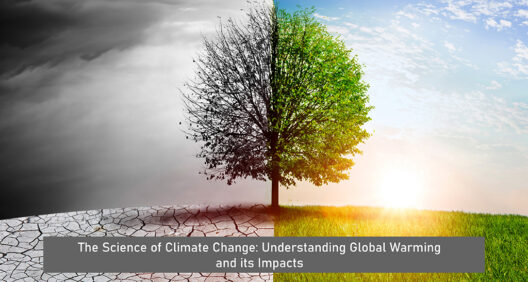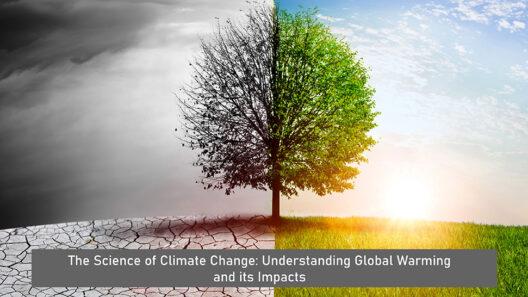The precarious state of our planet and its diverse ecosystems is a consequence of a rapidly changing climate. As human activities exacerbate the natural variability of environmental conditions, the implications for biodiversity are profound and multifarious. Ecosystems are intricately woven webs in which each species plays a pivotal role, not merely for its own survival but for the holistic health of the environment. Climate change stands as a formidable threat to this intricate tapestry, with repercussions that are both immediate and insidious.
To truly comprehend how climate change impacts global biodiversity, one must first understand the concept of biodiversity itself. It encompasses the variety of life forms on Earth, including the genetic diversity within species, the diversity of species themselves, and the diversity of ecosystems. This biotic wealth is indispensable for ecosystem resilience, allowing systems to adapt to environmental fluctuations. However, as temperatures rise, habitats are altered, and species face unprecedented challenges.
The warming climate instigates a plethora of issues, starting with habitat degradation. As global temperatures escalate, many ecosystems can no longer maintain their former compositions. Coral reefs, often described as the “rainforests of the sea,” exemplify this shift. Elevated sea temperatures lead to coral bleaching, a phenomenon where corals expel the algae they rely on for nourishment, resulting in vast underwater deserts. These bleaching events not only threaten the corals themselves but also the myriad of species dependent on these vibrant ecosystems for sustenance and shelter.
In terrestrial environments, shifting climate patterns provoke alterations in habitats ranging from temperate forests to arid deserts. Species that have evolved over millennia to thrive in specific conditions are finding their homes transformed beyond recognition. Consider the polar bear, a quintessential example of a species grappling with climate-induced habitat loss. As melting sea ice reduces their hunting grounds, the bear’s future hangs precariously in the balance, illustrating the devastating consequences of rising global temperatures.
Moreover, the phenomenon of phenological mismatch emerges as another critical issue. This term refers to the disruption of the timing of natural events, such as breeding, flowering, and migration. Many species synchronize their life cycles with seasonal changes—migratory birds, for instance, time their journeys based on temperature cues. However, as climate change accelerates, these signals become unreliable, leading to asynchronous relationships in ecosystems. The resultant unpredictability threatens food security for various species, causing population declines that ripple throughout the food web.
In addition to direct impacts, climate change also exacerbates other threats to biodiversity, such as invasive species and diseases. Warmer temperatures can facilitate the spread of non-native species into new areas as they find favorable conditions for growth. These invaders often outcompete native flora and fauna, disrupting complex relationships that have evolved over centuries. Likewise, diseases like chytridiomycosis, which has decimated amphibian populations worldwide, are becoming more prevalent as host and pathogen dynamics shift in response to changing climates. The convergence of these factors creates a perfect storm for biodiversity loss.
Conserving biodiversity under these mounting challenges necessitates a paradigm shift in our collective approach. One promising approach is adaptive management, an iterative process of decision-making that emphasizes learning and responsiveness to change. This strategy encourages the integration of scientific knowledge and traditional ecological practices, fostering collaborations among stakeholders. Such cooperative initiatives are not only essential for the preservation of species but also for the sustainable management of resources.
Furthermore, the implementation of connectivity strategies in conservation efforts can enhance ecosystem resilience. By protecting and connecting habitats, we facilitate the movement of species in response to climate-induced changes, fostering genetic diversity and reducing extinction risks. Corridors that link fragmented habitats enable species to migrate to more favorable conditions, thereby supporting ecosystem functionality amid fluctuating environments.
Another focal point in the discussion of climate change and biodiversity is the role of indigenous knowledge systems. Indigenous communities have coexisted with their environments for centuries, possessing unique insights into local ecosystems and sustainable practices. Engaging these communities in conservation efforts not only respects their cultural heritage but also enriches scientific understanding of biodiversity and contributes to more holistic management strategies.
In the face of climate change and its daunting implications for global biodiversity, education and awareness are paramount. Public engagement is crucial for driving policy changes and fostering a sense of stewardship toward the environment. Local communities must be empowered to participate actively in conservation efforts, catalyzing broader societal shifts toward sustainable practices.
As we confront the realities of climate change, an unequivocal acknowledgment of our interdependence with nature emerges as essential. The loss of biodiversity does not merely signify the disappearance of individual species; it reflects a profound erosion of the ecological fabric that sustains life on Earth. The intricate interconnections among species, ecosystems, and human societies underline the urgency of collective action to safeguard our planet’s biodiversity.
Addressing climate change requires an integrated, multifaceted approach that encompasses innovative conservation strategies, traditional ecological knowledge, and an unwavering commitment to sustainability. By fostering curiosity and shifting perspectives on our relationship with the environment, we can galvanize action to protect the irreplaceable biodiversity that is our shared heritage. In doing so, we embrace a future where nature thrives, securing not just survival for countless species, but ensuring the vitality of our planet for generations to come.






